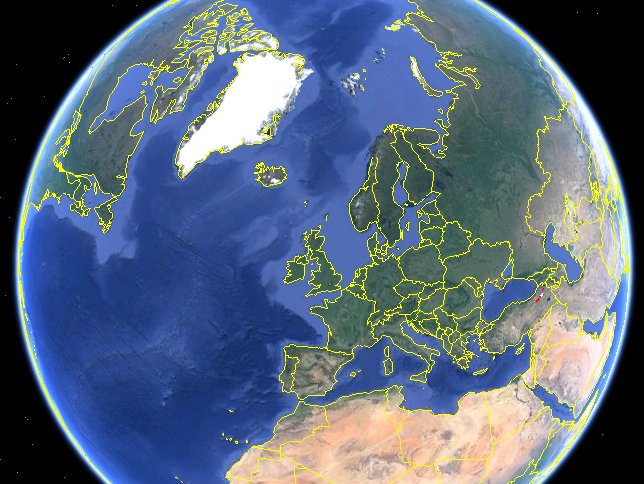Cathodic Protection Network International Limited
Registered at Companies House in the UK
Name & Registered Office:
CATHODIC PROTECTION NETWORK INTERNATIONAL LIMITED
74 DALCROSS
BRACKNELL
BERKSHIRE
RG12 0UL
Company No. 08505715
Cathodic-protection-network

A network of metalic conductors, including steel pipelines, is submerged in the electrolyte that composes the surface of the whole of our planet.
This web of metal is an electrical circuit with an equilibrium that reacts to all electrical energy in the same way as the circuits in our computers and mobile phones.
The network of pipelines transports water, oil, gas and other liquids essential for the very survival and existance of human life on earth as we know it.
The most important of these pipelines are made of steel to withstand the very high pressures in some parts of the system.
Steel is very resistant to mechanical damage but is subject to corrosion as a natural tendency for every material to return to it's basic form.
We put energy into the metal ore to create the pipelines and the electrochemical reaction of corrosion releases that energy as the metal disolves. Faraday discovered that 17 lb of steel produced 1 amp of electrical energy in one year.
We are all familiar with this form of energy in the batteries that power all of our electronic devices.
We use a charger to pump energy back into batteries as they are made of chemicals and metals that have a reversable reaction.
The small bios batteries in a computer are balanced so that they last the life of the computer and this is similar to the method we use to control the corrosion to the external surfaces of our steel pipelines.
We first coat them with electrically resistant material before we bury them but this can never be perfect because of the heavy construction methods involved.
My first activity is to locate all the coating faults where the metal is in contact with the ground. I do this by 'feeling the level of charges in the ground' with probes and a voltmeter.
These 'batteries' are mapped onto the circuit board of that area and a device that I invented tells if each is corroding.
We have battery chargers much like the power supplies we use for our laptops that are built to pump charges into the earth. These are connected to the pipeline networks and suck the energy from the steel preventing it from corroding.
The clever bit is to balance the electrical equilibrium of all of the earth with all of the electrical discharges of all of the millions of corrosion cells.
This is made more complex as there are many sources of electrical energy that are outside of our control, such as sunspot activity, geo magnetic surges from the movement of the earths magna and energy waves caused by our activities in distributing electrical power and communications.
In fact there is so much electrical flux that it is almost as if the earth itself is thinking. The probes that we use in our surveys are similar to the electrodes that are nowadays used to track brain activities and are now being used to control prosthetics for the disabled.
I am piloting a software development to control corrosion to pipelines globally using sensors and triggers that will balance the equilibrium of networks of pipelines through a central computer that will react to all of the electrical flux. This is much like we scratch when we itch.
Pipelines that suffer corrosion explode when they reach a certain weakness and this can kill, polute and damage the environment.
As soon as a pipeline fails the effect of the supply of whatever it contains is immediately felt by whole populations. I the case of oil and gas pipelines, they supply electricity generators etc.
My work controls corrosion using only enough energy to heat one house for about 10,000 miles of pipelines. But this is science, if we do not do it right it does not work at all.




